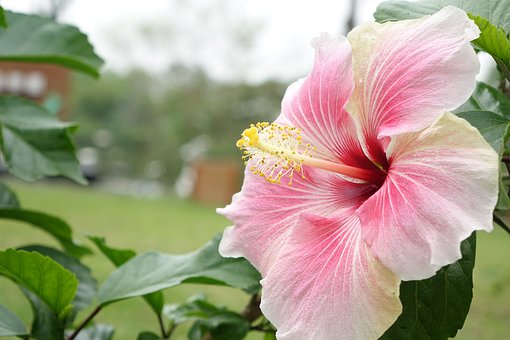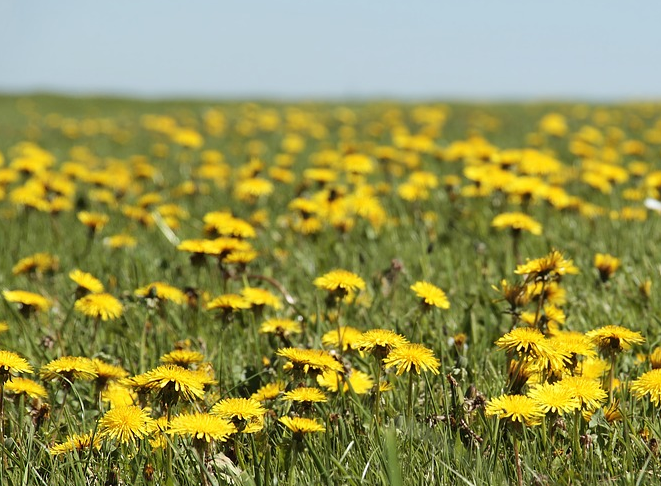How to raise the mulberry flowers that bloom in the four seasons?
Flowers are invincible, this is the wish of all flower growers in their hearts. In addition to the rose we are familiar with, there is also a very recommended flower, which is also "always in bloom". That is the Fusang flower that blossoms in the four seasons. As for Fusang, it is actually very easy to feed. The following editor will introduce to you the breeding methods of Fusang flower.

The Culture method of Fusang Flower
1. Soil
One of the reasons why the mulberry flower is well preserved is that it does not have strict requirements on the soil like other flowers. In terms of literature and art, it is a flower that is comfortable with the circumstances. To be simple and rude, it can live in any kind of soil. However, in order to cultivate better and avoid soil consolidation caused by watering, we should try our best to choose fertile and loose soil. Do your own children have pain at home?
2. Lighting
Like the Yulu in the last article written by the editor, she is a sensitive little girl. The lighting requirements are extremely strict. Fusang is different. Fusang is a passionate child. It likes sunshine. So where there is light, where to move, want to compete with sunflowers!
3. Water and fertilizer
The growing period of Fusang is after the warm spring. During this period, special attention should be paid to water and fertilizer. Water more. If you forget, the soil is too dry. It hurts to death when the bud falls off. According to your watering, fertilize once every 10 days. This is the growing season!
4. Pruning
Fusang spawn thieves quickly. Remember to remove the top tip in time to promote the germination of lateral branches. If you don't take it off. It will become one of the best. There is only one branch, and the thief is tall. No branches, no!
5. Overwintering
After all, he is a child who loves the sun. Fusang is not resistant to cold. If you live in a cold area in winter, you'd better move into the house. 12 to 15 degrees is the right temperature. I can't handle it in the subtropics. Of course, if you are in Guangzhou, forget it.
All right, the above is the breeding method of mulberry flowers brought by the editor of Tuliu.com. Isn't it easy to raise! A cripple like ours can be cured! Flower cultivation is the first choice!
Time: 2019-03-13 Click:
- Prev

How to grow dandelions? What are the planting prospects and profits?
Dandelion, also known as Huanghua Di Ding, mother-in-law Ding, is a perennial herb of the genus Dandelion of Compositae, its whole plant can be used as medicine, it is also a delicious and refreshing wild vegetable, it can cut 6 or 7 crops a year, and the planting benefit is better. So how do you grow dandelions? What are the planting prospects and profits? Planting method of dandelion
- Next

How much is the latest price of the "golden tree"? Explain the planting method in detail!
Koelreuteria paniculata belongs to Koelreuteria paniculata. If it is not for people who live in the countryside all the year round, it is difficult to tell which kind of tree is Koeluan. Only if the farmer uncle takes you to identify you will you know. In recent years, the wood of Euphorbia angustifolia can be used to make some gadgets, and the seeds can be used to extract oil, but the oil extracted can be used by industry.
Related
- Fuxing push coffee new agricultural production and marketing class: lack of small-scale processing plants
- Jujube rice field leisure farm deep ploughing Yilan for five years to create a space for organic food and play
- Nongyu Farm-A trial of organic papaya for brave women with advanced technology
- Four points for attention in the prevention and control of diseases and insect pests of edible fungi
- How to add nutrient solution to Edible Fungi
- Is there any good way to control edible fungus mites?
- Open Inoculation Technology of Edible Fungi
- Is there any clever way to use fertilizer for edible fungus in winter?
- What agents are used to kill the pathogens of edible fungi in the mushroom shed?
- Rapid drying of Edible Fungi

